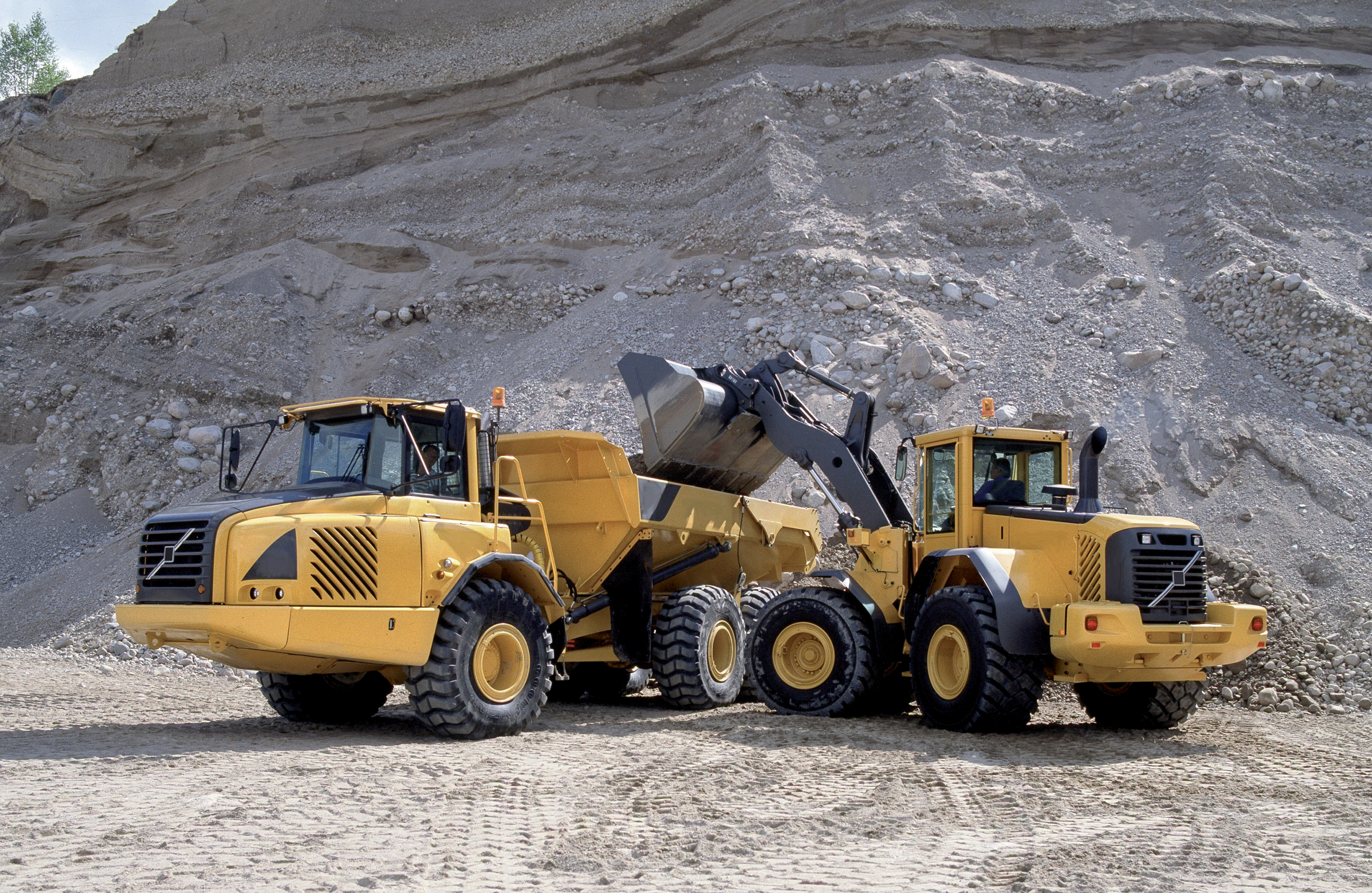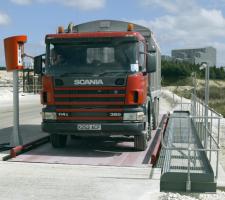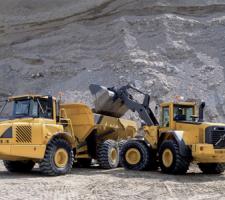
Development of new technology and bespoke software is helping both mobile and static weighing solutions to improve efficiency in quarries of almost any size, Claire Symes reports.
While weighing operations may not directly impact on the quality of the aggregates themselves, the process of weighing is an important task in the operation of any quarry.
"Weighing essentially provides a quarry with a cash register," explained
STATIC SOLUTIONS
"The weighbridge sector is quite a stable industry - the factor that affects it most is the rising cost of steel," said McAllister. "However, there is a general trend in the weighbridge sector for more unmanned systems and more data collection.
"The main developments have been more about the peripheries rather than the weighbridge itself," explained McAllister. "The demand and development for more control systems and data transfer has exceeded any changes to the weighbridge design itself.
"One thing we have seen over the last five to six years though is the move from pit-mounted weighbridges to surfacemounted units, so from a structural point of view this has increased the demand for safety features," he said. "This has led to people opting for wider weighbridges too - most are 3m wide but the move to surface-mounted systems mean people want more room if they get out of the cab. Steps and hand rails have also become standard features, which were never needed before
"The weighbridge is basically a load cell so there is very little room for development, even in terms of accuracy. Most offer increments of 20kg; although 10kg increments are possible you start to then get environmental factors such as wind affecting the accuracy from day to day.
"The development is more in the area of marshalling with barriers, wireless technology and remote displays, as well as the possibility of un-manned weighbridges. Automatic Number Plate Recognition (ANPR) technology has enabled much of this development."
According to McAllister, one of the major trends in the UK is the call for the on-highway trucks to be fitted with their own weighing systems. "A lot of quarry companies in the UK will not allow trucks onto their sites unless they are fitted with such systems," he said. "They allow the weight of the load to be checked during the loading process and help to save time by avoiding the need to add to a load after the truck has driven up to the weighbridge and prevent overloaded trucks too.
Generally weighbridges are modular and a quarry will use two sections joined together to create a single weighbridge but there are occasions when a quarry may want them to act independently. "We have had experience of working with one UK quarry operator which had issues with axle loadings being too high, so we split the sections of the weighbridge to give the quarry the axle weight as well as the overall load," said McAllister.
Transfer of the data collected by the weighbridge via remote systems and collation by computer systems has driven use of automatic invoicing and very few quarries now use paper systems.
With regard to future development of weighbridges, McAllister said that there is some discussion of digital versus analogue but the choice depends on the market. "Digital systems offer more diagnostics with the ability to interrogate the load cells remotely but they are also more expensive than conventional weighbridges," he said.
MOBILE OPTIONS
"Essentially the weighbridge is the quarry's trade stamped cash register but the truck mounted systems are improving efficiency," explained McAllister.
McAllister reports that some quarries in Scandinavia do use trade approved wheeled loader mounted systems but this is mostly at smaller quarries that are not operated full time. Nonetheless, McAllister points to his company's weighbridge rental operation which can help part-time quarries combine accurate weighing with the limited operating periods.
"The development of above ground weighbridges has enabled the rental facility," he said. "Pit-mounted weighbridges are safer but overground ones can be moved, making the investment an easier proposition with reduced siting costs." While there still appears to be a place for static weighbridges in many quarries, the technology related to mobile solutions is developing rapidly and, as McAllister pointed out, can play a key role in improving efficiency.
"It is not just big companies that are turning to on-board weighing, many of our customers are smaller operators," said Ruuskanen. "We have a number of Scandinavian customers that just use on-board weighing for loading and invoicing." One of the features of Tamtron's new system is the iStock facility that allows the stock levels of specific products to be monitored for demand and planning.
RDS Technology business development manager Mark Evans added, "We are seeing more of a trend towards the adoption of telemetry. At some sites this is just a one-way communication that takes information from our Loadmaster system to the back office but for other operators the system is integrated into an ERP which provides two-way communication so the system allows for stock level updates as well as invoicing.
"The technology creates a link between 'the coal face' and the back office and this is something that has been missing. It is helping to improve productivity and customer acceptance is growing." Like Ruuskanen and McAllister, Evans has also seen a greater uptake of the system in Scandinavian countries and agrees that trade-approved systems are ideal for smaller or part time sites.
"On-board weighing can remove the need for a weighbridge and simplifies the operation or helps a site with a weighbridge cope more effectively at peak times," he said.
According to
"The performance of the new loader coupled with the accuracy we see from the weighing system, means we can be sure that operations at Singleton Birch are becoming more efficient and economical," explained quarry manager Mark Sacker.
SAFETY
"One of the drivers of on-board weighing is the call for improved safety," said Ruuskanen. "The electronic ticket removed the need for the truck driver to get out of the cab and collect a paper ticket from the wheeled loader driver. Effectively this removes one of the biggest risk factors in a quarry.
"The other main driver is the demand to have information online to track productivity. With the current economic situation, people are more focused on efficiency." While weighing technology has already reached a high level when it comes to both mobile and static solutions, it seems that the main developments have been in the transfer of information and this trend looks set to continue.RSS
















